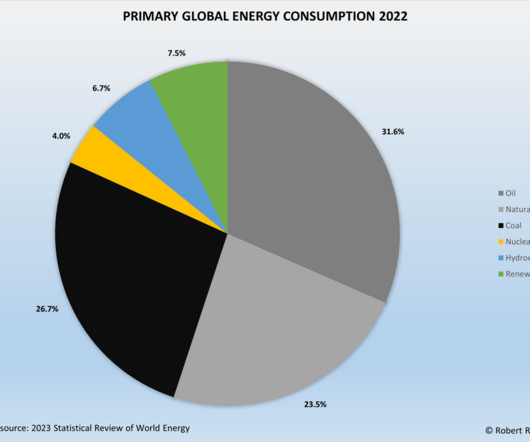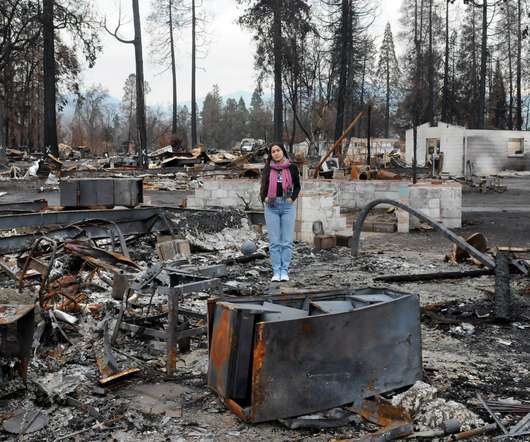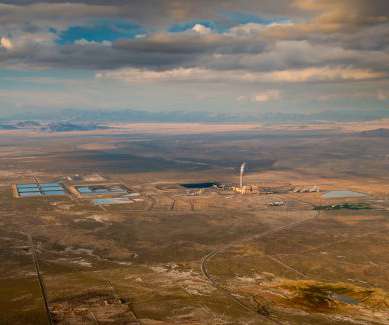Could green hydrogen be key to a carbon-free economy?
GreenBiz
NOVEMBER 19, 2020
While the fuel is barely on the radar in the United States, around the world a green hydrogen rush is underway, and many companies, investors, governments and environmentalists believe it is an energy source that could help end the reign of fossil fuels and slow the world’s warming trajectory. "It Green hydrogen can do that.".




















Let's personalize your content